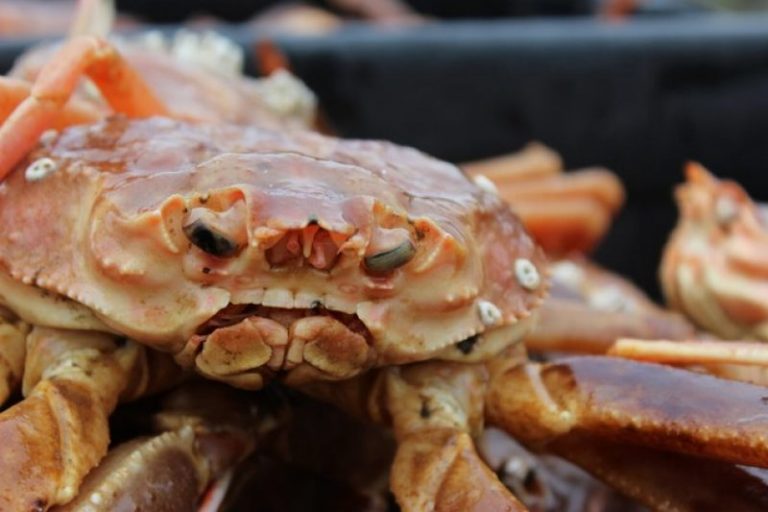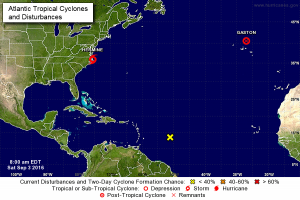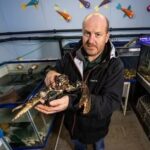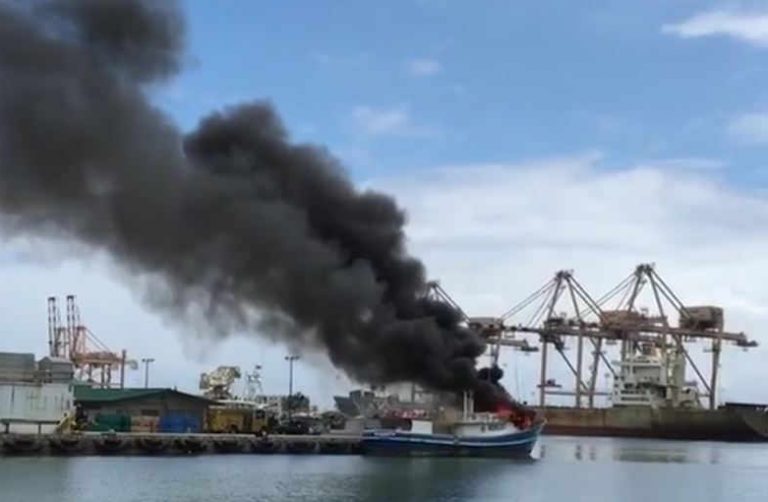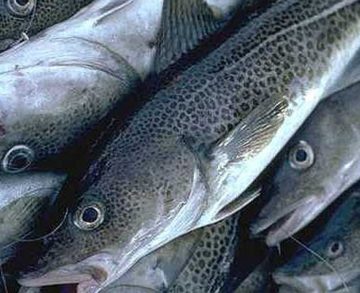Tag Archives: juvenile lobsters
Fishermen wary of seismic plans for Bass Strait waters
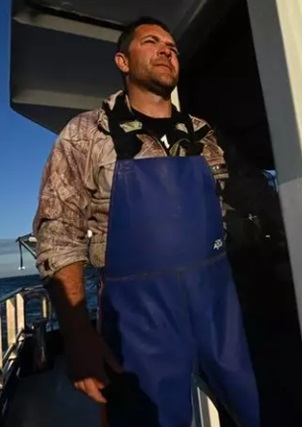 Andrew Smith wants to keep crayfishing long enough to put his children through school. But plans for further seismic testing off his Bass Strait home of King Island have him worried. Energy data company TGS wants to survey for gas across some 4.5 million hectares in the Otway Basin, which are Commonwealth waters between Tasmania and Victoria. Seismic testing has been shown to negatively impact whales as well as other marine life. Tasmanian Seafood Industry Council chief executive Julian Harrington said the testing area was adjacent to rock lobster and giant crab fisheries. He said the waters were a “larvae corridor” for rock lobsters, which have a 15 to 18 month larvae cycle. more, >>click to read<< 07:24
Andrew Smith wants to keep crayfishing long enough to put his children through school. But plans for further seismic testing off his Bass Strait home of King Island have him worried. Energy data company TGS wants to survey for gas across some 4.5 million hectares in the Otway Basin, which are Commonwealth waters between Tasmania and Victoria. Seismic testing has been shown to negatively impact whales as well as other marine life. Tasmanian Seafood Industry Council chief executive Julian Harrington said the testing area was adjacent to rock lobster and giant crab fisheries. He said the waters were a “larvae corridor” for rock lobsters, which have a 15 to 18 month larvae cycle. more, >>click to read<< 07:24
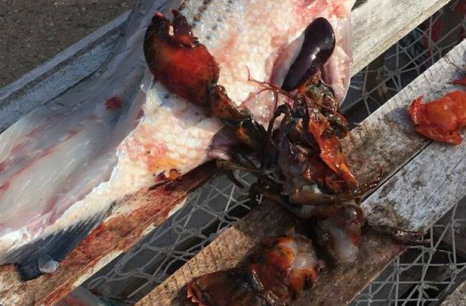
“There’s been an explosion of striped bass,” – VIDEO: Seafood diet of striped bass upsets Cape Breton fisherman
Believe it or not, Ray Briand wasn’t entirely surprised to find two lobsters stuffed inside a 72-centimetre-long striped bass he’d caught Wednesday night. That’s because the longtime Cape Breton fisherman believed his suspicions were confirmed. “They’re called wolves of the oceans for a reason,” said Briand, a Smelt Brook resident. “They fish in packs and they’re devastating our local fishing stocks. “There’s nothing left in our harbours except bass. Now we’re wondering if they’re going to damage our lobster industry; that’s what we’re really worried about.” Video, click here to read the story 12:19
Researching lobster stock trends in southwestern N.S. by tracking juvenile lobsters
![]() Each year researchers collect samples of juvenile lobsters from the ocean floor in Lobster Bay in Yarmouth County and St. Mary’s Bay in Digby County to track levels of juvenile lobster. Three years ago scientists said there were “troubling signs.” Last year they said sampling had yielded the highest levels ever. This year the numbers aren’t as high as they were last year. “The numbers were definitely lower than last year,” says DFO research scientist Adam Cook. “They’re more on par with what we’ve seen in past years, so it is uncertain as to what that means.” Read the article here 12:21
Each year researchers collect samples of juvenile lobsters from the ocean floor in Lobster Bay in Yarmouth County and St. Mary’s Bay in Digby County to track levels of juvenile lobster. Three years ago scientists said there were “troubling signs.” Last year they said sampling had yielded the highest levels ever. This year the numbers aren’t as high as they were last year. “The numbers were definitely lower than last year,” says DFO research scientist Adam Cook. “They’re more on par with what we’ve seen in past years, so it is uncertain as to what that means.” Read the article here 12:21



































